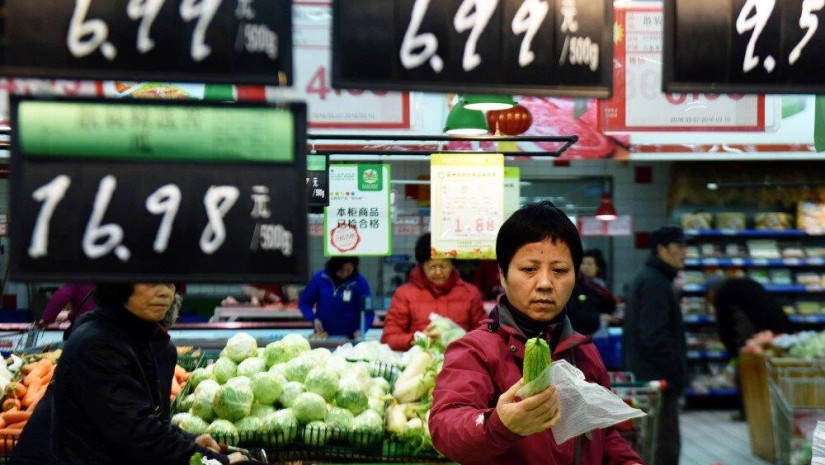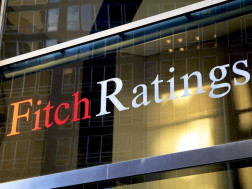China's economic activity picked up in the first two months of 2023 as consumption and infrastructure investment drove recovery from pandemic disruption, despite challenges of weak global demand and a persistent downturn in the property sector.
China's abandonment of COVID-19 controls late in 2022 has reinvigorated an $18 trillion economy that has suffered one of its lowest growth rates in nearly half a century, with analysts expecting momentum to improve further in coming months.
Industrial output in the January-February period was 2.4% higher than a year earlier, data by the National Bureau of Statistics (NBS) showed on Wednesday, slightly missing expectations for a 2.6% gain in a Reuters poll. The reading accelerated from a 1.3% annual rise in December.
Retail sales in the first two months jumped 3.5% from a year before, reversing a 1.8% annual fall seen in December. The result was in line with analysts' expectation and with hopes for an economic revival led by consumption as flagging global demand weakens Chinese exports.
The data followed signs of strength in February purchasing managers indexes (PMIs) published on March 1.
"Overall, the data confirm what more timely indicators, including the PMIs, had already suggested - that the fading of virus disruptions led to a rapid improvement in economic conditions at the start of the year," said Julian Evans-Pritchard, head of China economics at Capital Economics, in a note.
The COVID-sensitive catering sector has notably reaped benefits from the reopening, with January-February revenue surging 9.2% from a year earlier, compared with an annual 14.1% fall seen in December, when widespread infections kept people at home.
"We expect China's growth momentum to improve further in coming months, driven mainly by the ongoing consumption recovery and still-accommodative macro policy," analysts at Goldman Sachs said in a note.
Nomura analysts pointed to shrinking exports and weakness in the property sector holding back recovery. They forecast first-quarter gross domestic product would be 3.6% higher than a year earlier, compared with the fourth quarter's 2.9% annual rise.
Fixed asset investment in the first two months was 5.5% higher than a year before, growing little faster than the 5.1% annual rise for all of 2022.
But two of its components moved in opposite directions.
Infrastructure investment in the two months surged 9.0% from a year before, driven by government spending aimed at supporting the economy. But property investment was still down 5.7%, reflecting the caution of home buyers and developers.
BOLSTERING GROWTH
To bolster growth, the central bank ramped up liquidity injections for a fourth month in a row on Wednesday when rolling over maturing medium-term policy loans, though it kept its policy interest rate unchanged.
The NBS publishes combined January and February data to smooth out distortions caused by the Lunar New Year holiday, which fell in January this year but was in February in 2022.
"The economy is gradually recovering this year, but it must be noted that the pandemic damaged corporate and personal balance sheets over several years, and they still need time for repair," NBS spokesman Fu Linghui told reporters.
China has set a modest annual growth target of around 5% this year after significantly missing its target for 2022.
Fu said reaching around 5% would be challenging, "but we must be aware that we have the conditions, foundation, and confidence to achieve the growth target."
In February, the nationwide survey-based urban jobless rate climbed to 5.6% from 5.5% in January. Fu attributed the rise to seasonal factors caused by the Lunar New Year. The jobless rate for those aged 16 to 24 was 18.1% in February.
Source: Reuters
















